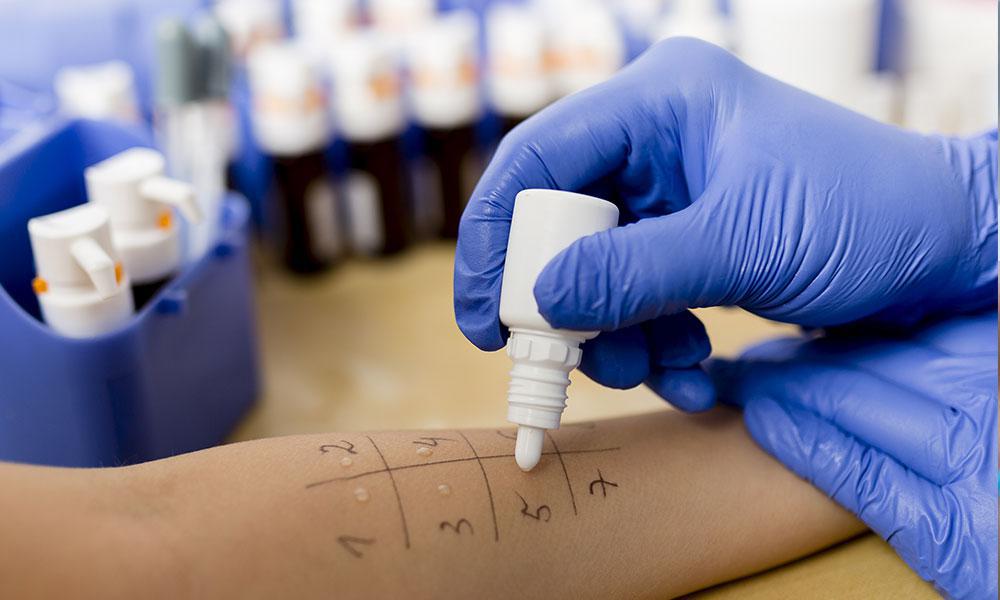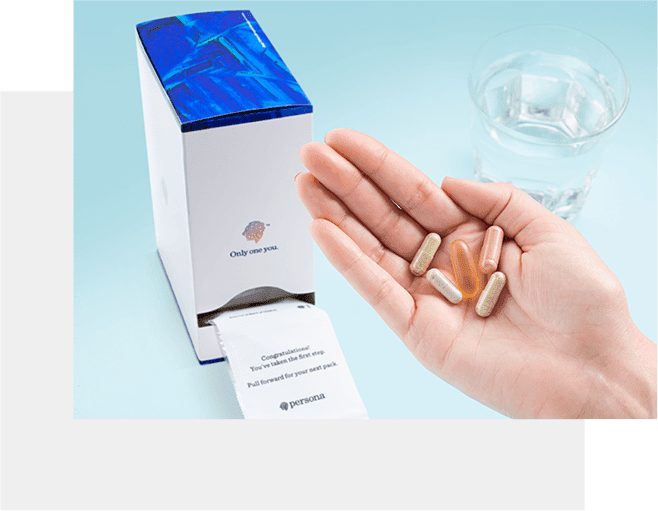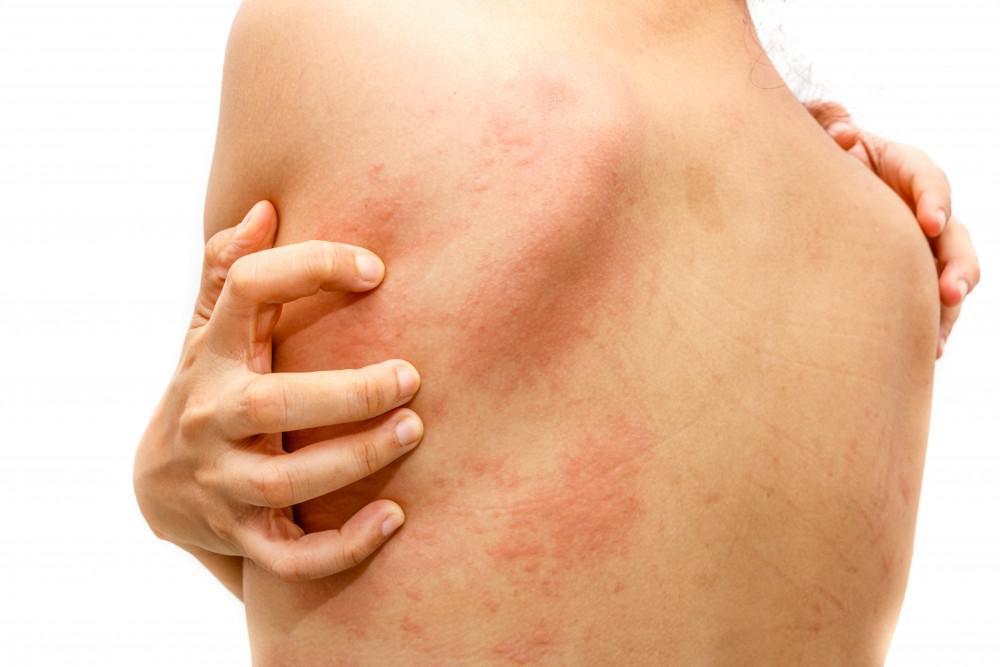Food allergies affect more than 50 million Americans. The big eight are milk, eggs, wheat, tree nuts, peanuts, fish, shellfish, and soy. These foods are responsible for 90% of food allergies. However, virtually any food can cause allergic reactions if you’re sensitive. The only way to prevent a reaction is to avoid the offending food.
An allergic reaction that starts out mild may progress to something more serious. If you’re experiencing symptoms of food allergy, visit an allergist as soon as possible. Here’s what you should know about how doctors diagnose and treat food allergies.
Diagnosis is complicated
Here at AIR Care Allergy, Immunology and Respiratory Care, Dr. Richard Herrscher routinely diagnoses and treats food allergies. While most of our patients are eager to have answers and put an end to their symptoms, it’s important to know that getting a diagnosis is a complex process.
Food allergy symptoms vary widely from person to person, and you may not experience the exact same reaction to the triggering food each time. What’s more, food allergies can affect multiple body systems, including the skin, digestive system, respiratory tract and cardiovascular system. Reactions can range from mild to life-threatening.
Additionally, food allergies can develop at any age, although they’re most commonly diagnosed in childhood, and your reactions may change over time. All of these factors make diagnosing food allergies complicated.
Positive tests are not always accurate
Dr. Herrscher may recommend allergy testing to assess your reaction to suspected trigger foods. This will provide clues for further evaluation. A positive allergy test doesn’t mean with 100% certainty that you have a food allergy. Rather, your provider uses it as a guide.
For instance, you may have a positive skin prick test for tomato and not have a tomato allergy. This is because food proteins that interact with your skin are much larger and easier for the body to identify. You may react to the tomato allergen being pricked on your skin, but not when you eat a tomato. For this reason, food allergy tests require very careful interpretation and follow-up evaluation.
Skin prick testing is a guide
A skin prick test takes 15-30 minutes and involves scratching your skin with a small probe that contains a tiny amount of the suspected food allergen. Developing a wheal -- a raised area that’s usually red and itchy -- at the site of the prick indicates an immune reaction where your body releases histamine. Your provider will measure the wheal and interpret the results.
Blood testing helps further evaluation
A blood test may help further determine whether or not you have a food allergy. This test measures the amount of immunoglobulin E antibodies in your blood toward a certain food. As with skin prick testing, food proteins that interact with your blood are larger and easier for your body to identify.
Having a low level of IgE toward a certain food doesn’t necessarily mean you’re allergic. As with all allergy testing, the results require careful interpretation. The higher the IgE antibodies, the higher the chance that you’re allergic to that food.
A food challenge provides strong proof
If your positive allergy test suggests you have an allergy to a specific food, Dr. Herrscher may recommend a food challenge. An oral food challenge is highly accurate and offers the best way to confirm a food allergy.
During your challenge you’ll eat measured amounts of the suspected trigger food, starting with a small dose. With each incremental increase, our team at AIR Care will monitor you for symptoms of an allergic reaction. The challenge stops if you start showing signs of a reaction. You may be given medication if you experience symptoms such as swelling or itching.
Food allergy treatment is multidimensional
Treatment for food allergies may involve care by a team that includes an immunologist, gastroenterologist, and nutritionist. In addition, your primary care provider may manage your care.
Your allergy management team may recommend avoiding certain foods and foods that have a high probability for cross-reactivity, and they may prescribe medications. If you have a severe food allergy, your provider may prescribe an epinephrine injector that you’ll need to carry with you at all times. In the event of a severe allergic reaction, this will help keep your airway open long enough for you to get to a hospital.
Don’t delay food allergy diagnosis and treatment. Schedule a consultation with our team at AIR Care today by calling one of the offices or booking online.








